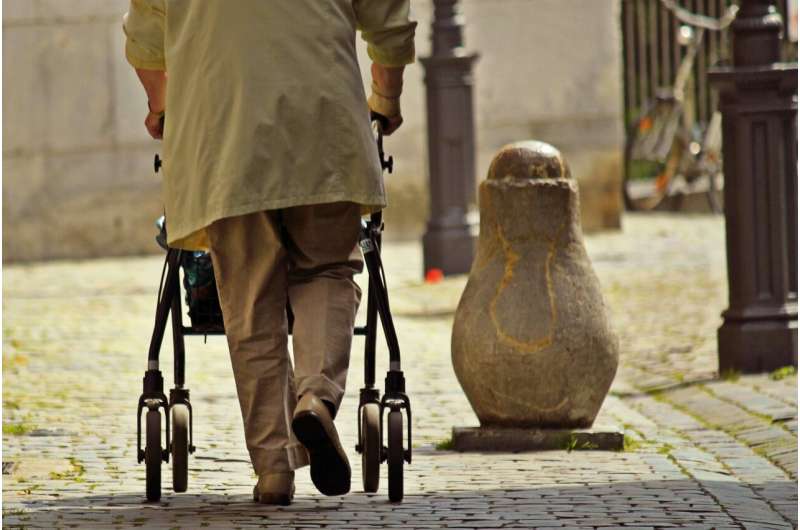Puppies as Mobility Support: Enhancing Quality of Life for Children with Impairments

A recent study reveals that children with walking impairments experience significant quality of life improvements after six months living with mobility assistance dogs, enhancing physical, social, and emotional well-being.
Parents of children experiencing varying levels of walking difficulties report notable improvements in their children's quality of life after six months of living with specially trained mobility assistance dogs. This pioneering qualitative study offers valuable insights into an emerging therapeutic intervention that is gaining attention in medical and rehabilitation communities.
Specifically, the research focused on ten children aged 6 to 12 who have neurological and/or physical impairments affecting their mobility. Parents observed significant gains in their children’s physical activity, including increased walking endurance, improved gait quality, and better balance and stability. Many children demonstrated enhanced ability to navigate different surfaces like beaches, indicating greater confidence and functionality in daily environments.
Beyond physical improvements, social engagement was positively impacted. The assistance dogs appeared to act as social catalysts, helping children initiate and foster interactions with peers and strangers, and serving as conversation starters that promoted integration into community activities.
Families also reported the dogs brought happiness and positive energy into their homes. They noted more family outings and walks, strengthening familial bonds. Despite the additional responsibilities involved in caring for these dogs, all participating families felt that the benefits—improved mobility, confidence, social interactions, and emotional well-being—far outweighed any challenges.
This research was led by Dr. Heather Kennedy from Trinity College Dublin, with senior author Michelle Spirtos emphasizing the potential of mobility dogs to positively influence the participation and life quality of children with mobility impairments. Professor Ciaran Simms highlighted that children with less severe impairments tend to experience even greater physical improvements, but the overall perceived benefits across their cohort are promising.
Additional observations noted that children gained increased motivation for physical activity, improved confidence, and reduced anxiety. The study advocates for longer-term research involving larger participant groups to further validate and explore these benefits.
This study underscores the therapeutic potential of service canines in pediatric rehabilitation, offering a holistic approach that addresses physical, social, and emotional facets of well-being.
Source: https://medicalxpress.com/news/2025-09-puppy-power-parents-quality-life.html
Stay Updated with Mia's Feed
Get the latest health & wellness insights delivered straight to your inbox.
Related Articles
Decoding Sentence Construction in the Brain: Insights from Electrocorticography Research
New research using electrocorticography reveals how the brain assembles sentences, highlighting the roles of different brain regions in sequencing and syntax during speech production.
New Insights Highlight the Severe Impact of Tourette Syndrome and Tic Disorders
A new study reveals the harsh realities faced by Australians with Tourette syndrome and tic disorders, highlighting mental health challenges, social stigma, and delays in diagnosis that demand urgent action.
Study Links Physical Frailty to Increased Risk of Dementia
New research indicates that physical frailty significantly increases the risk of developing dementia, highlighting the importance of early detection and management of frailty to promote cognitive health.



